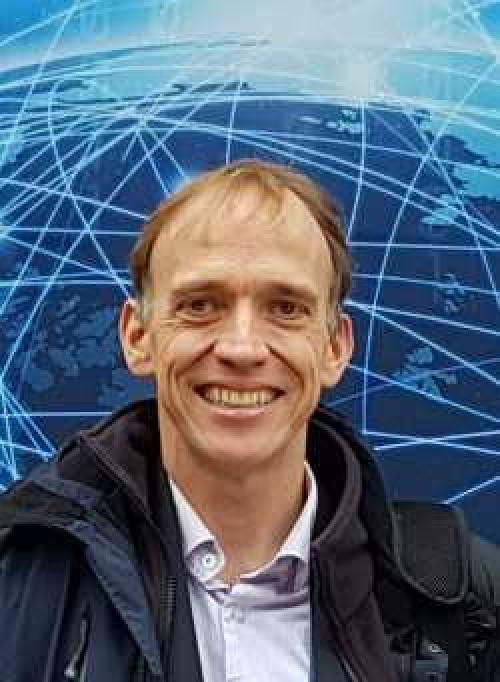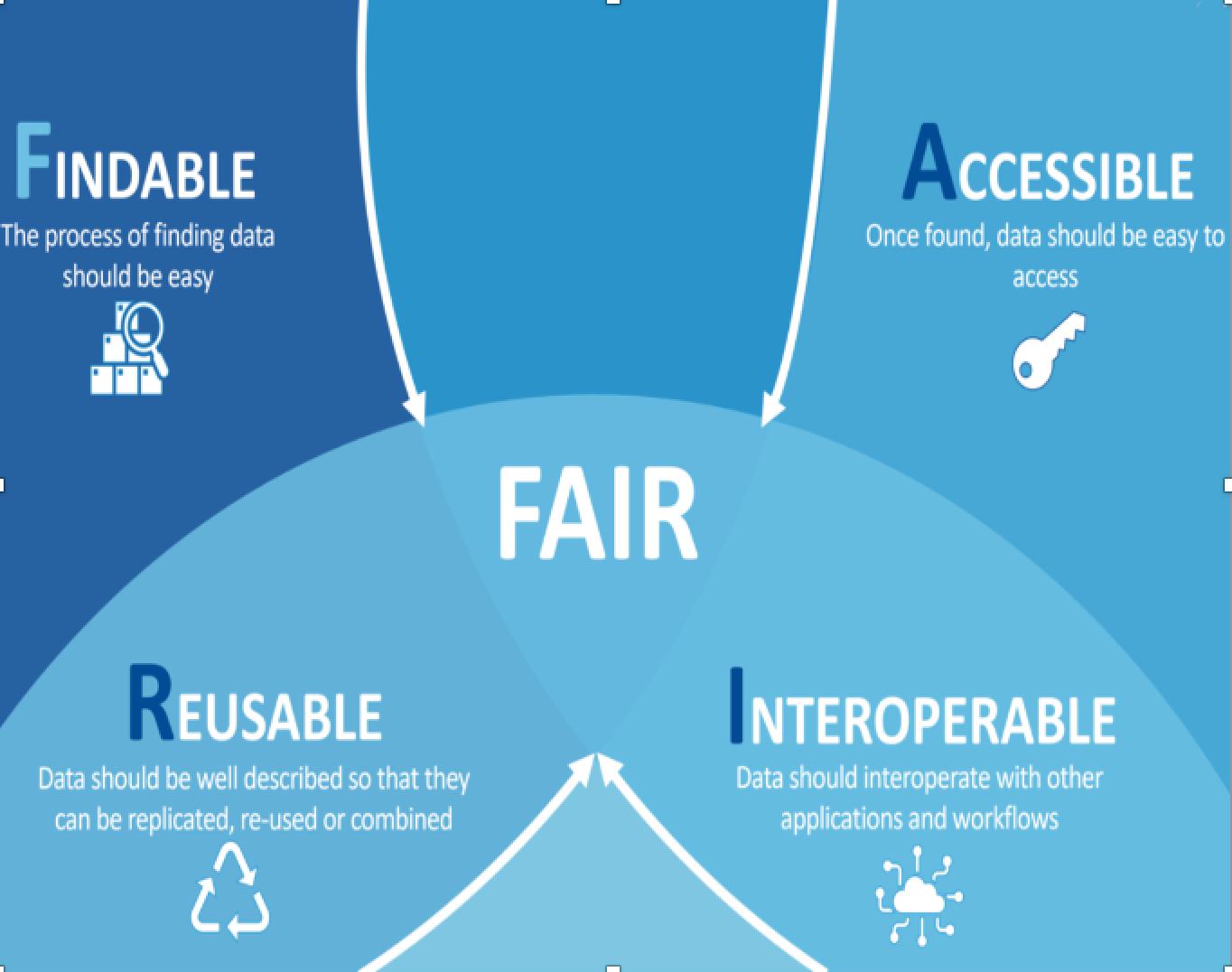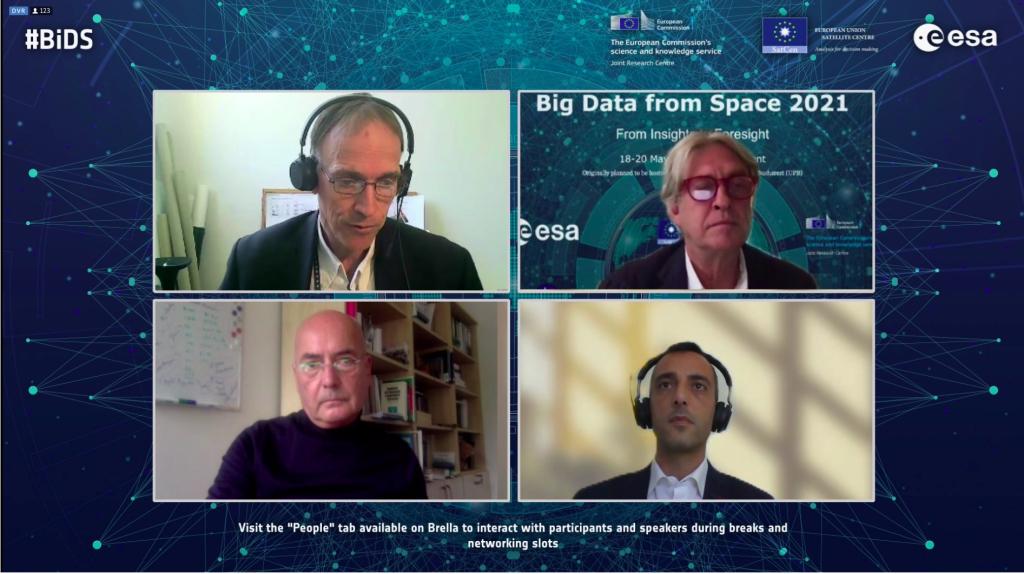The 2021 edition of the BiDS conference emphasised on drawing foresight from insights

As the field of Earth Observation becomes increasingly important in our quest to better monitor, assess and understand our planet and the environment, there is also an unprecedented amount of data being generated. The challenge now lies in the exploration and timely delivery of key insights from these big data in an understandable format. The last edition of the Big Data from Space conference was held from 18 to 20 May 2021 addressing these challenges.
Jointly organised by the European Space Agency (ESA), the Joint Research Centre (JRC) of the European Commission, and the European Union Satellite Centre (SatCen), the conference aimed at bringing together researchers, engineers and users working with massive spatio-temporal Earth and Space observation data collected by a variety of sensors.
We spoke to Pierre Soille of the Joint Research Centre who is one of the Conference chairs. The following is an excerpt from the interview about this year’s event, its scope and future plans.
1. The theme of this year's Big Data from Space conference was 'From Insight to Foresight'. Could you elaborate on what that means to you and for the field overall?
The first edition of the BiDS conference in 2014 focused on infrastructures and platforms to address big data from space. This was motivated by the launch of the first Sentinel satellite (Sentinel-1A) in April 2014. Indeed, the Copernicus program has allowed Earth Observation to enter the era of big data given the volume and variety of data acquired by the Sentinel satellites.
While the initial focus of the field was on addressing technical challenges encountered in handling the massive data streams generated by Sentinel satellites, attention has gradually shifted towards the retrieval of insights from these data. This requires exploitation of the full temporal, spatial, and spectral resolution of the data.
We chose the theme 'From Insights to Foresight' for this year's BiDS edition to emphasise that insights are not an end in themselves for they often serve as basis for foresight — that is our capacity to make projections and scenarios on the future evolution of our environment. In this context, modelling and assimilating past observations play a key role. Other initiatives such as Destination Earth that are being put forward by the European Commission are consistent with this theme as well. The conference provided a unique forum to bring together all actors needed to achieve the ambitious goal of generating insights and ultimately foresight from big data from space.
2. What are the key takeaways from this year’s conference?
One of the key takeaways is the importance of combining different data sources. There is a need to integrate data acquired from different Earth Observation satellites with complementary data sources such as in-situ data, pictures taken on the ground, and text data. This is really about exploiting the variety of dimensions in big data.
The importance of veracity of the data is another takeaway. Indeed, we need to associate insights and foresight with accuracy and confidence measures. This is even more important when these insights and foresights are used as the basis for policy makers to take decisions on major societal issues such as those related to climate change and sustainable developments goals.
Moreover, the importance of reference data sets for training in machine learning and AI came up in several sessions in the conference. These datasets need to be transparent by fully documenting how they have been generated. This is particularly true when using models relying on these datasets. The availability of open data sets is also an important issue because it ensures that the obtained results can be reproduced by everyone.
Other takeaways include topics discussed during the keynote lectures. For example, Peter Bauer from ECMWF emphasised the usefulness of digital twins of the Earth for Earth system modelling, while Fernando Pérez from Berkeley Institute for Data Science highlighted the importance of open-sourced and collaborative data science. The keynote lecture by Markus Reichstein illustrated how machine learning and artificial intelligence is now bringing new dimensions to Earth system modelling. Radu Ionicioiu in his keynote talk hinted on the disruptions that quantum computing will bring to the field of big data from space.
Finally, there was another fascinating keynote on Big Data in Astronomy by Leanne Guy from the Rubin Observatory. Her talk emphasized that many of the challenges that the field of Earth Observation is facing are also encountered in astronomy. In fact, BiDS is not only devoted to Earth Observation but was also conceived to address big data originating from space observations such as the Gaia and Euclid missions of the European Space Agency. BiDS brings together the two communities, although we still have a large majority of attendees from the Earth Observation community.
BiDS also serves as a platform for different communities to exchange ideas, new information, and generate new possibilities for collaboration. So, it spans from platforms and infrastructures to data science and applications. A unique characteristic of BiDS is also the continued collaboration and engagement of the three European organising entities — the European Space Agency, the European Commission’s Joint Research Centre, and the European Union Satellite Center — to make it a success.
3. What do you think are some of the most significant contributions of big data in the Earth Observation context at the moment?
Advances in deep learning are certainly contributing to numerous important new developments in the field. These techniques also call for consolidated labelled data and we observe numerous efforts in this direction. We expect that this trend will be further reflected in future editions of the conference.
4. What are some of the main challenges facing the field?
The concept of FAIR data as defined in 2016 states that data should be Findable, Accessible, Interoperable, and Reusable. This applies very well to Copernicus data for the latter data are available under a free, free, and open data policy. However, not only should the data be FAIR, but the analysis workflows should also ensure that the results obtained by analysing these data should be transparent and accountable for decision making. This is a very important and challenging topic, particularly in a policy context. Another challenge is regarding the interoperability between different platforms, and this requires the development of open application programming interfaces. Several presentations at BiDS'21 addressed this topic.

5. As you are aware a prime emphasis of the KCEO is to encourage/stimulate the uptake of EO derived products and services in EU Policy, did you see anything in particular at BiDS 2021 that you think may be useful in that context?
One way or another, most applications presented at BiDS serve the needs of EU policies such those responding to planetary challenges with wide ranging impacts. Topics of direct interest to EU policy that were addressed during BiDS'21 include agriculture, environment, climate change, and security to name a few. For instance, change detection based on the analysis of dense time series provided by the Sentinel satellites provide insights on the dramatic pace at which our planet is changing.
6. Are there already thoughts for future BiDS conferences - where would you like to see future emphasis?
There is still a lot to be done in terms of capitalising on the advances in other scientific and technical domains, as well as from initiatives such as the European Open Science Cloud that might play a key role in this regard. The application of artificial intelligence and deep learning to big data from space is still in its infancy and major advances are expected for the next edition of the conference not only for extracting insights but also contribute to foresight. Technology is also evolving fast with future disruptions such as those that will be introduced by quantum computing in sight.

Links
| Originally Published | Last Updated | 31 Aug 2021 | 06 Sep 2021 |
| Related organisation(s) | JRC - Joint Research CentreESA - European Space AgencySatCen - European Union Satellite Centre |
| Knowledge service | Metadata | Earth Observation | Research & Innovation |
| Digital Europa Thesaurus (DET) | big dataspace researchearth observation |
Share this page
